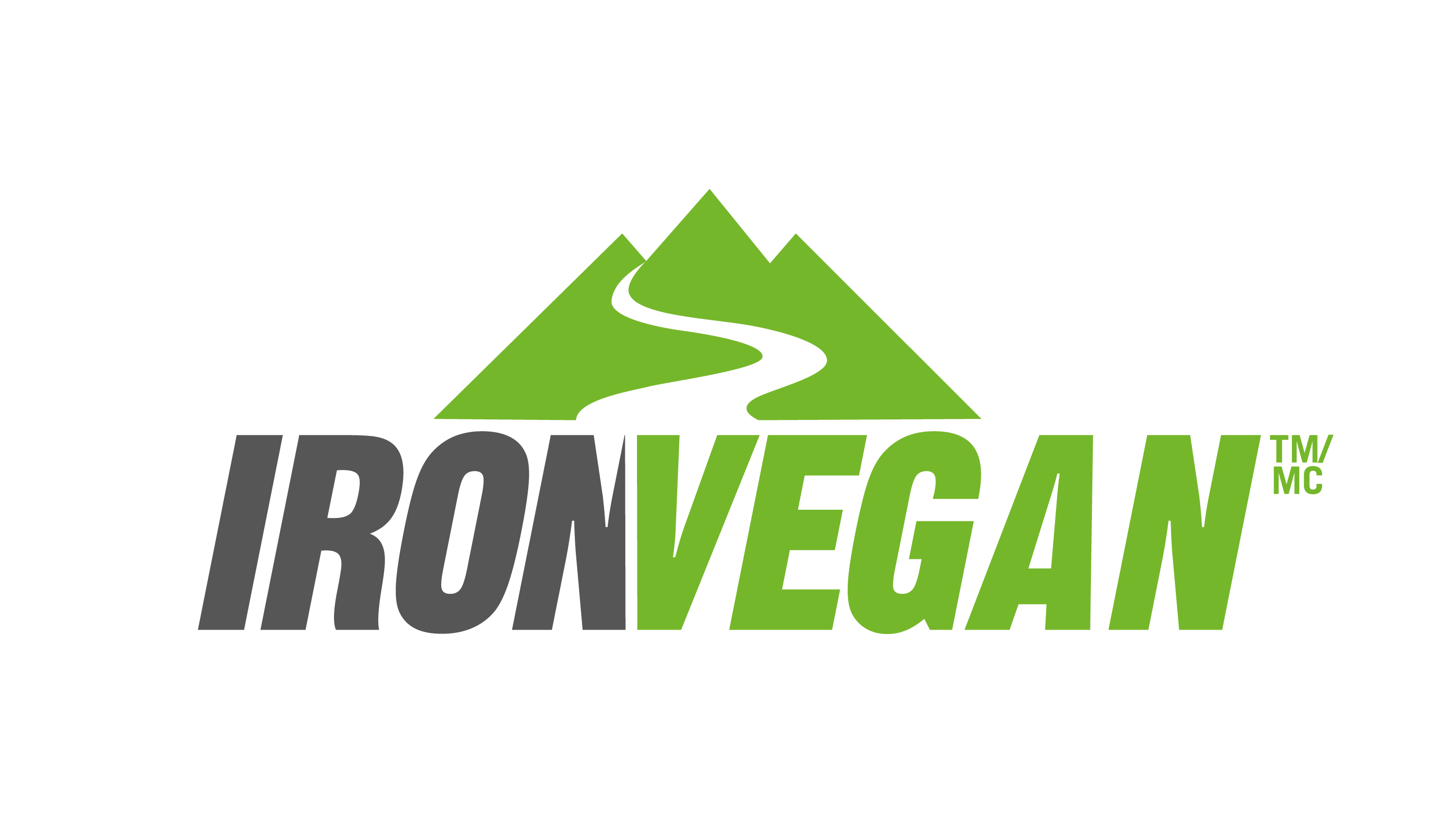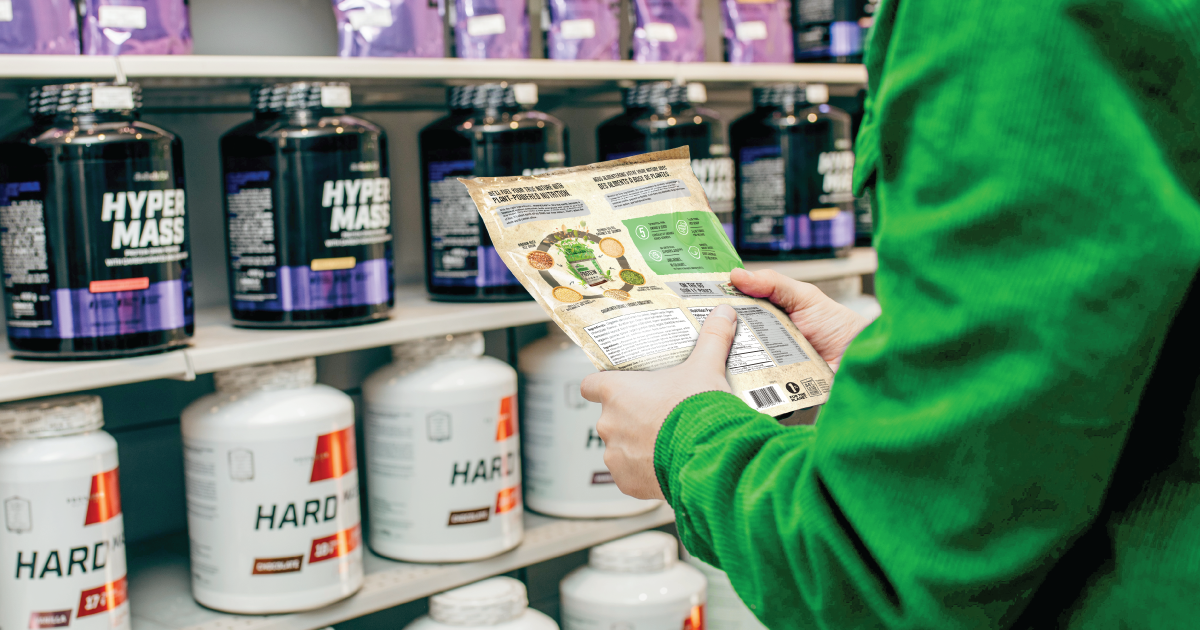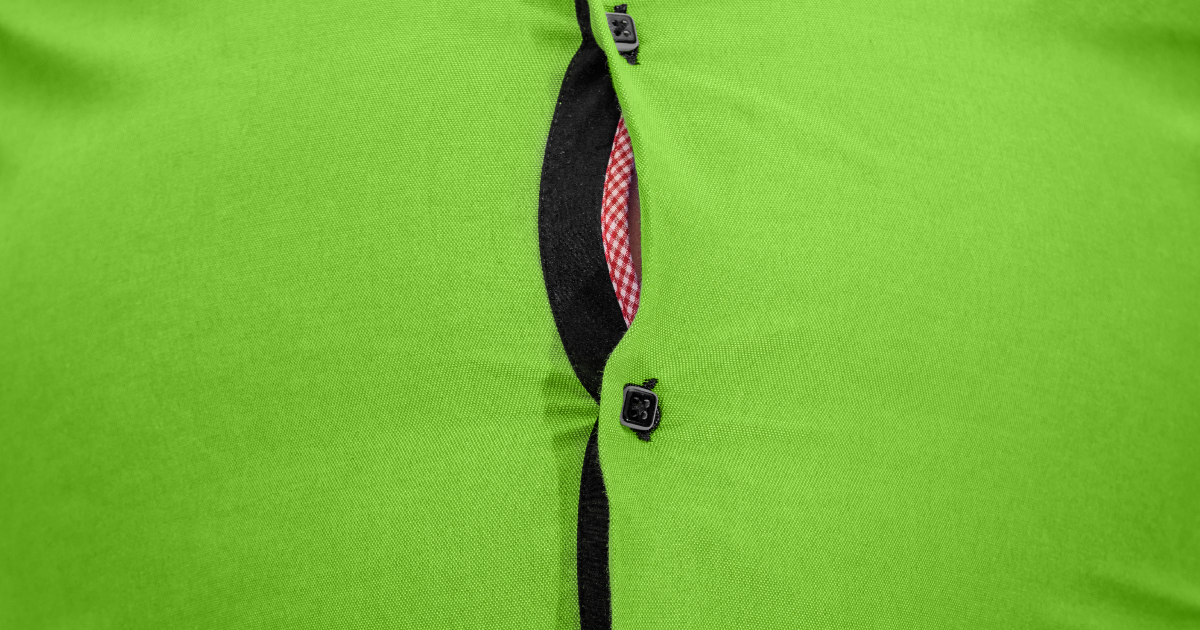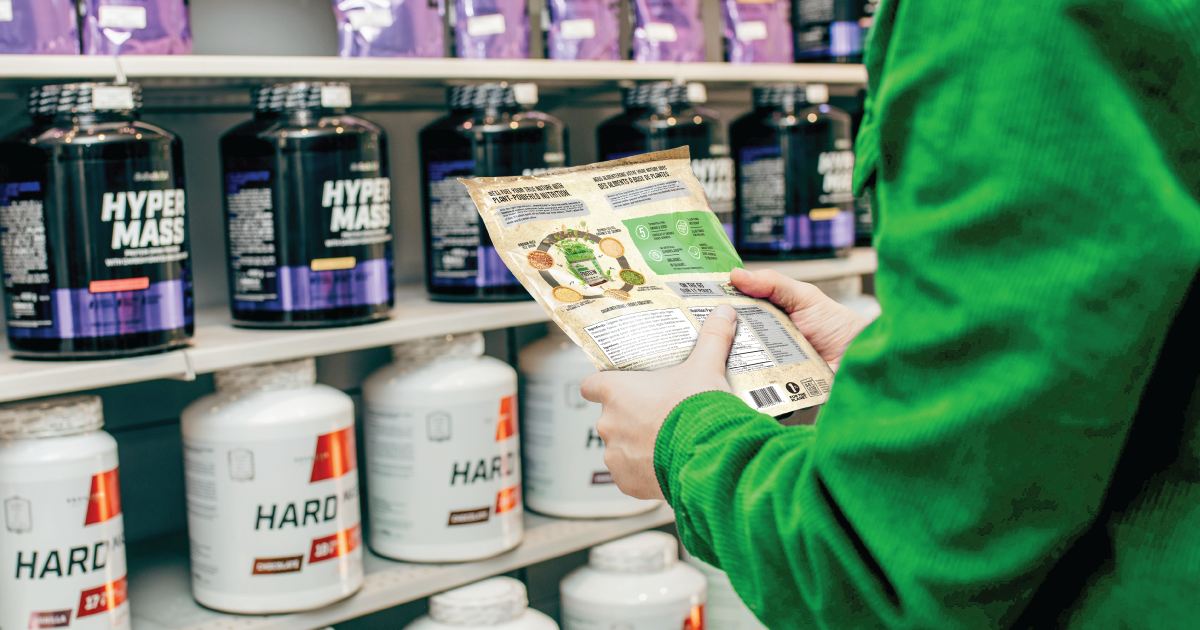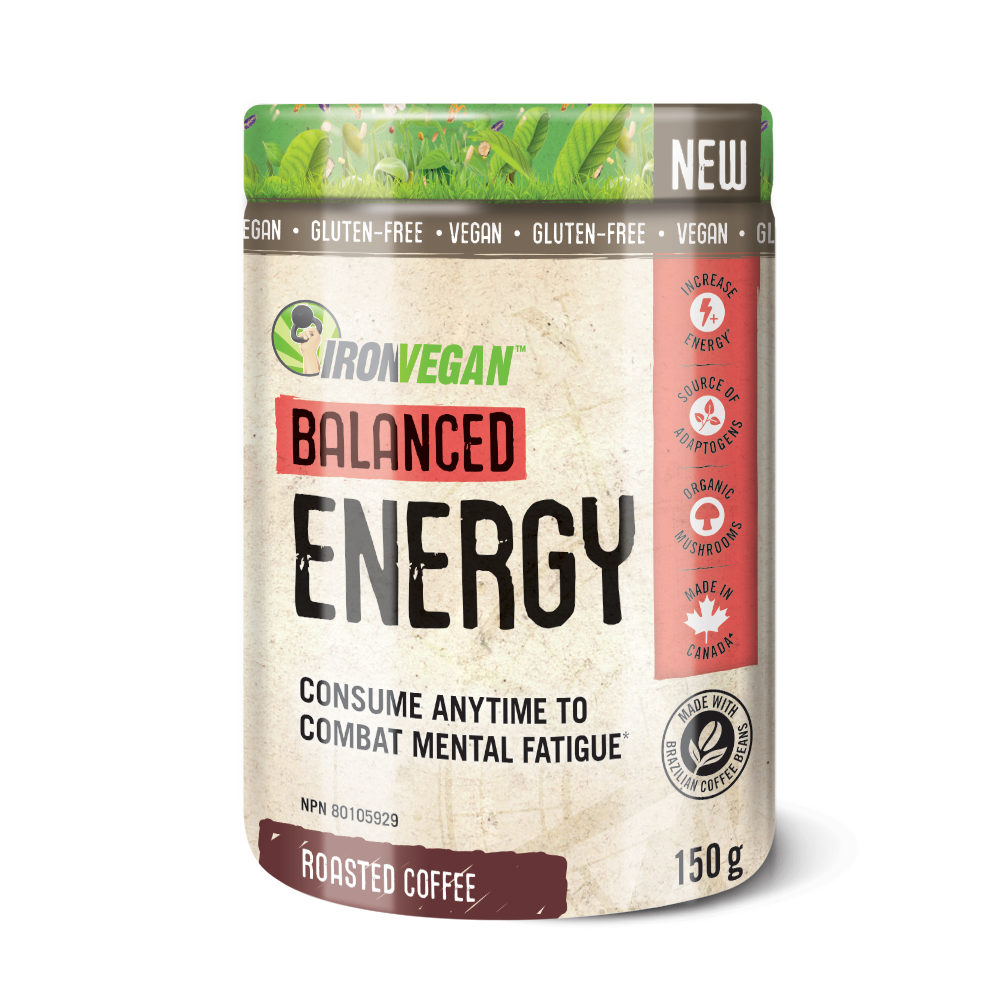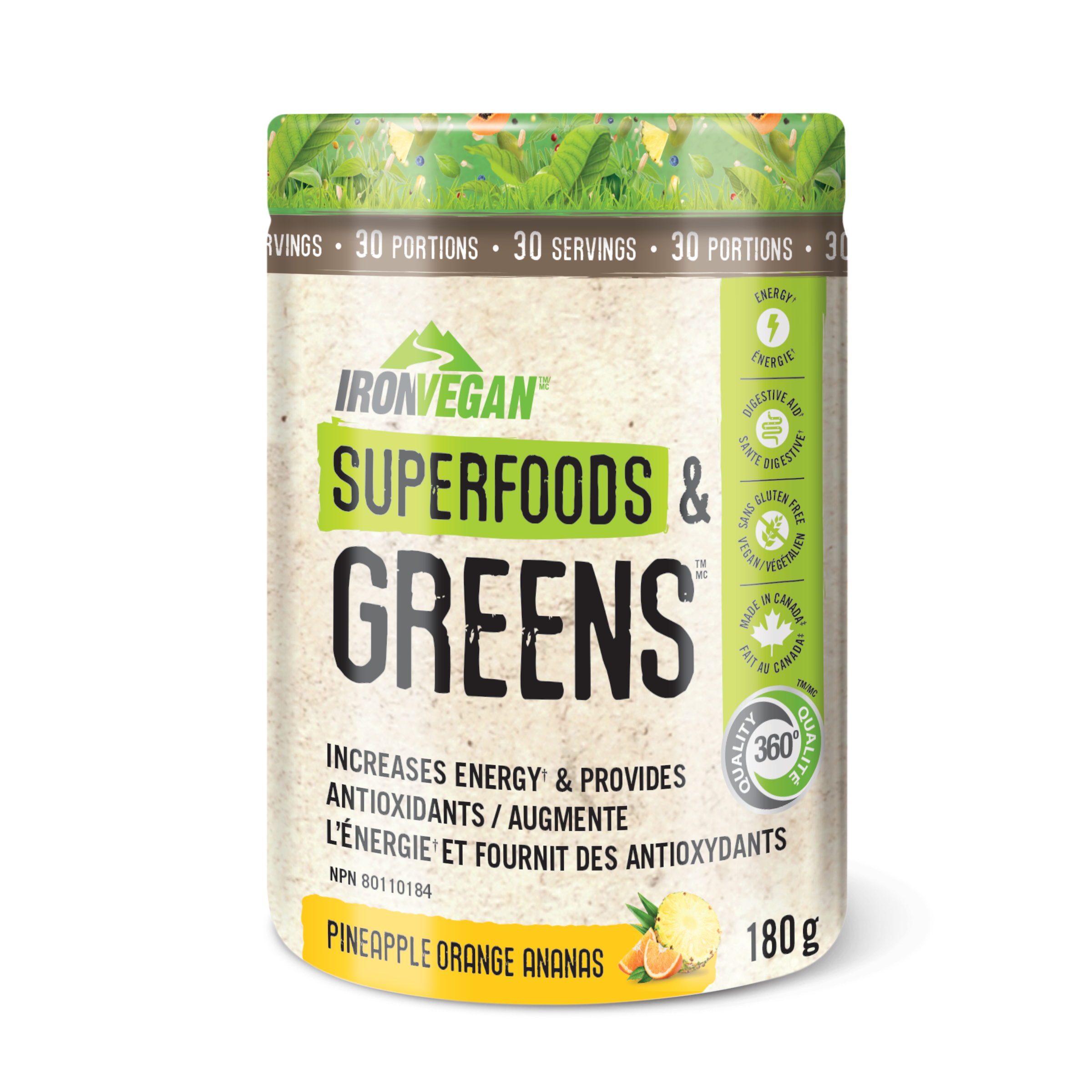Protein powders have become a staple ingredient in the pantries of athletes, bodybuilders and those who are looking to up their protein intake. And if you’ve ventured out and faced the sea of tubs and pouches, each with a variety of complex labels and claims, you probably know how confusing it can be to determine which protein powder is right for you.
Whether you're a seasoned gym-goer, or someone simply looking to add a nutritional boost to your diet, understanding the language of protein powder labels is crucial. So, grab your shaker bottle, and let's dive into the world of proteins, one scoop at a time!
Here’s what to look for on a protein powder label:
- Type of protein
Take a quick peek at the ingredients to see what the protein is, as each type has different properties and benefits. The way the protein has been processed can also change its nutritional status. For instance, Iron Vegan’s Sprouted Protein features plant protein, which is sprouted. The sprouting process increases nutrients like B vitamins and vitamin C, all while enhancing the amino acid profile.
- Protein Content
Don’t forget to look at the actual protein amount in each scoop. Look for a protein powder that has a high protein-to-total-weight ratio. Here’s how to calculate it:
- Find the total weight, which is the weight of a single serving of protein powder. This would be on the top of the label and usually reported in grams. Our favourite protein powder's total weight is 31 grams per scoop.
- Find the protein content in each scoop. Our sprouted protein provides 22 grams/scoop.
- Find the ratio by dividing the amount of protein by the total weight of the serving. In this case, the protein-to-total weight ratio of Iron Vegan’s Sprouted Protein is 71%.
A high protein-to-total weight ratio is ideal because it means you’re getting more protein per serving and less non-protein components like carbs, fats, sugars, and other additives.
- Amino Acid Profile
Amino acids are the building blocks for muscles and help with recovery. Be sure to take a look at the amino acid profile and ensure all the essential amino acids are present, since the body cannot make them. It’s especially important to look at the profile of plant-based protein as it is a naturally different profile than one made from animal-based protein sources. Luckily, Iron Vegan’s Sprouted Protein includes all essential amino acids.
- Sugar Content
Some protein powders can have high amounts of added sugars and artificial sweeteners, quickly turning your post-workout snack into a meal. Also, if you track your macro-nutrients, it’s even more important to know what the sugar content is. Look for protein powders that are sweetened with natural sweeteners like stevia leaf extract so they don’t spike blood sugar and cause digestive upset like other sweeteners.
We hope this guide clears up the confusion and helps you find the protein powder best suited to our needs!
